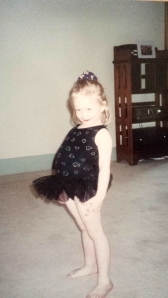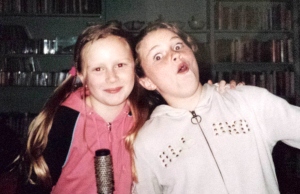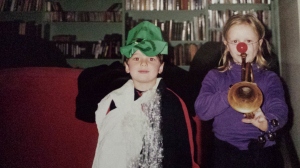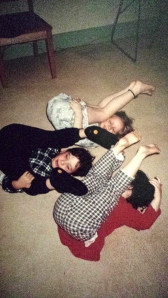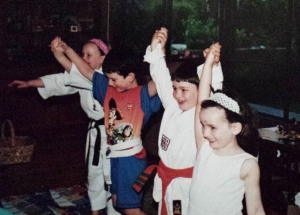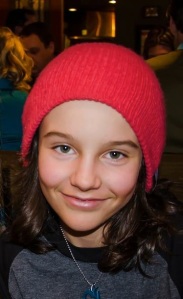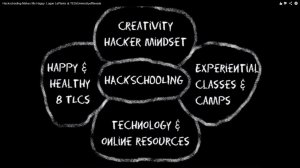“One of the fundamental challenges in young people’s mental health care is based in the assumption that youth equates with health. ‘So unless the person is really obviously disabled, really obviously injured… there’s an assumption that person’s entirely well.’
I was shocked. I’d never connected these dots. Health and youth are so inherently linked. And a disruption in the link adds a new, complex dimension to the prevention, identification, intervention and treatment of young people with mental health challenges.”
At Connect 2014, a national youth mental health conference organised by Young and Well CRC (where I am currently an intern), I was given the opportunity to interview a man at the forefront of Australia – and the world’s – mental health sector.
Professor Ian Hickie is pretty much a guru. He works in research at the Brain and Mind Institute, and is involved in the development of evidence-based services that can change the way young people and their communities approach mental health care. Professor Hickie attends all the conferences, meetings and interviews he can, to help spread the word on what we can actually do to make progress and help scores of young people nationwide.
In his formal addresses and the time I spent with him one-on-one, Professor Hickie communicated a sense of hope regarding the future of Australia’s young people and their relationship with themselves, their health, their carers, and their world. He offered many insights into the potential for social media, apps and digital technology to become keystones in mental health care, and spoke of the challenges health care professionals are facing in relation to these changes.
Young people are healthy, aren’t they? We’re nimble, we’re free, we’re thrill-seeking, happy. If we fall down, we get back up. Resilient creatures, we are. Or so the story goes. So when something challenges that status-quo, sometimes we and those around us don’t know how to react.
I learned so much at Connect 2014, and would do the experience a disservice to try and reproduce even some of it here. But my interview with Professor Hickie, published on Young and Well CRC’s website, will give you a glimpse of what I was a part of, where we’re at with young people’s mental health care, and where to go from here.
If you want to follow (or relive) Connect 2014 in its entirety, you can also view the Storify summaries.
“We have so many opportunities to transform health care to a model where the individual is at the centre, and the clinician is a consultant – is complementary – but not in control.
Together we can develop a system of care that will respond, educate and serve all young people in meaningful and respectful ways. And that will really change our mental health.”
